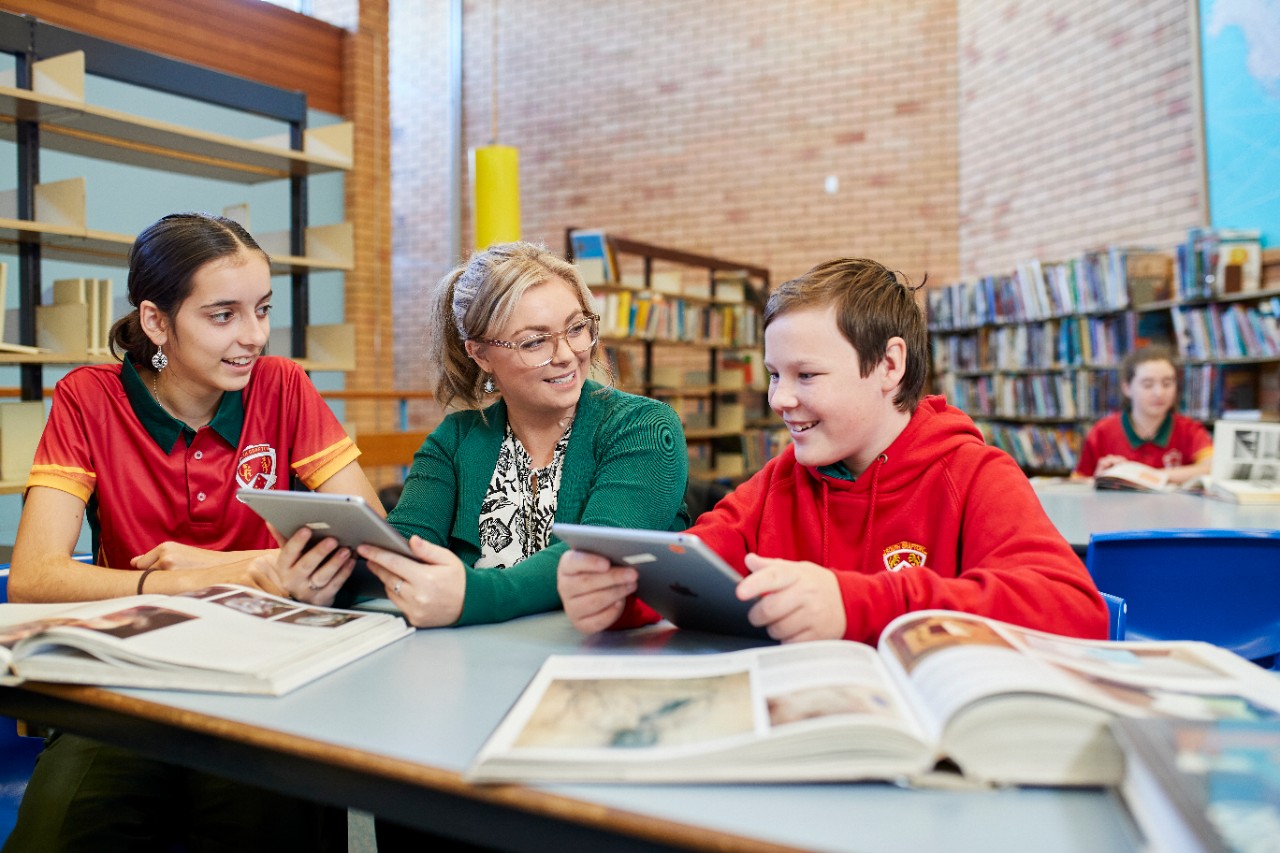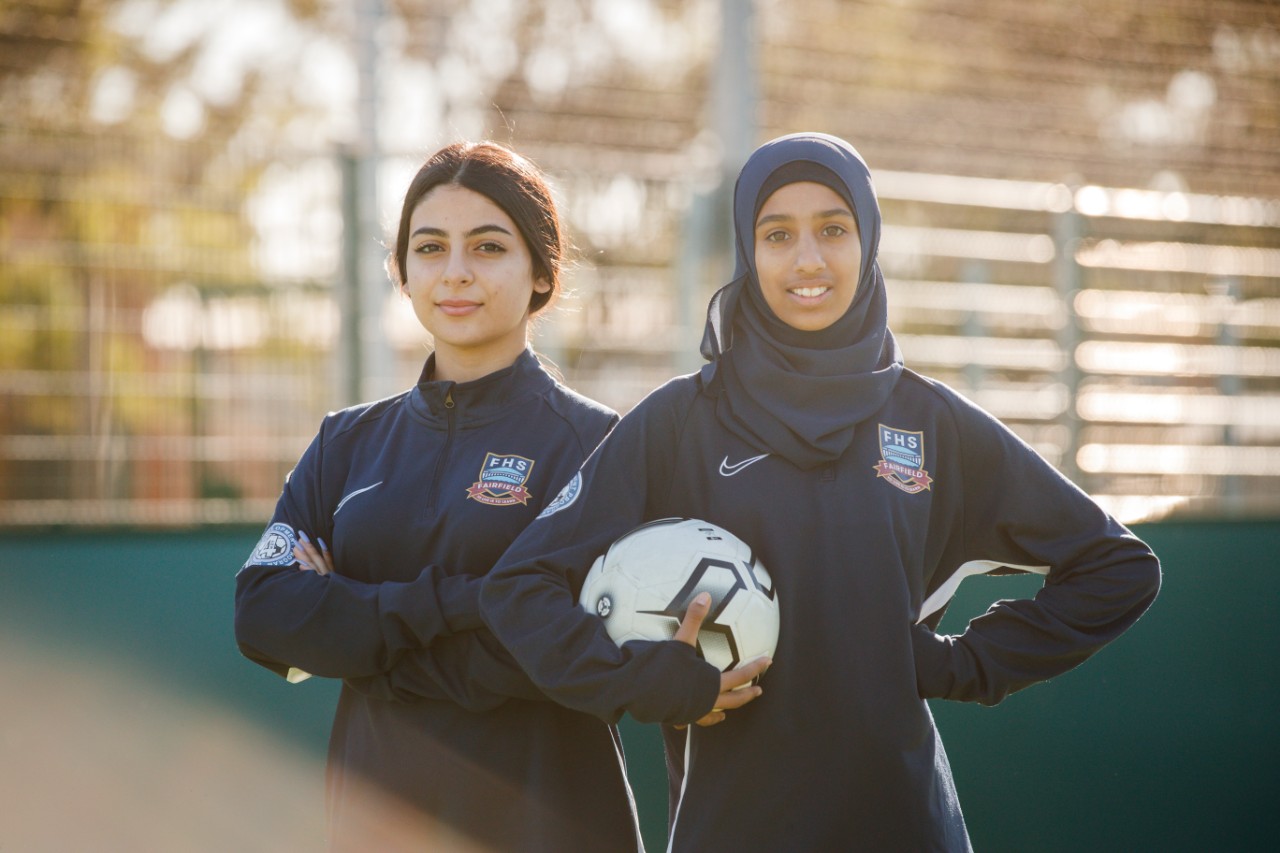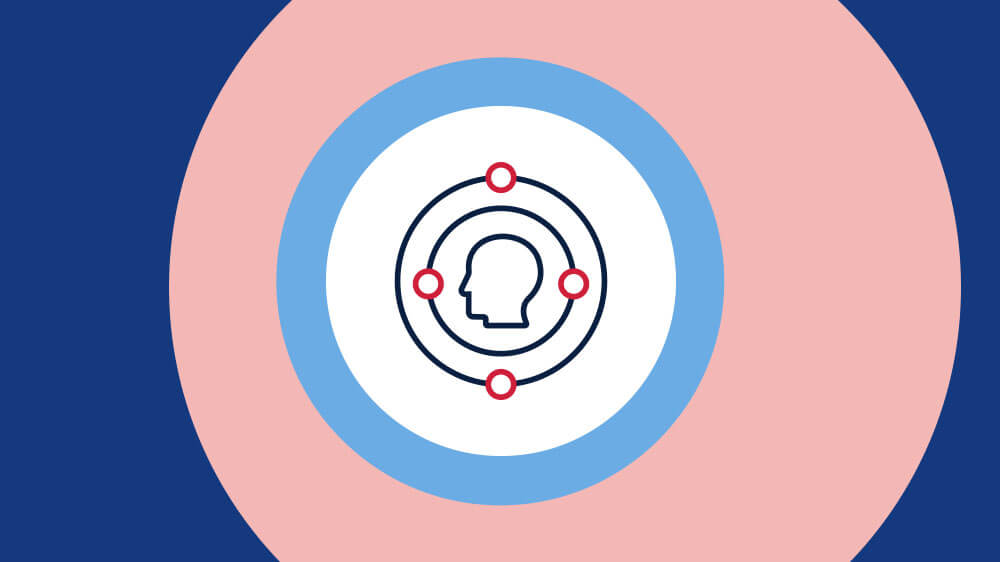Autism
Build on student strengths and support the learning and wellbeing of students on the autism spectrum across all aspects of the curriculum.
About autism
Autism is a condition which impacts the way a student may experience and interact with their environment and others in their environment. Every student on the autism spectrum is different, there is no ‘one size fits all’. This means that the characteristics of autism may differ significantly from one student to another.
Strengths
Some students may have a strong understanding of the physical world, and demonstrate strengths in engineering (for example, mechanics or robotics), and mathematics as a result.
Students with a strong interest in a particular topic may have learned lots of information about that topic.
They may also demonstrate creativity when completing tasks that link to their interests.
Students may be less bound by conventions, and so may offer interesting or novel ideas. For example, some students may come up with highly original metaphors if prompted, rather than copy existing metaphors.
Some students may have good visual perceptual skills. They might be good at visual searches and recognition.
Recognising different sounds and music can be a strength.





Example of practice: Autism
Learn about Micah's experience in the classroom.
School Excellence Framework alignment
Wellbeing, Curriculum, Effective classroom practice
Australian Professional Standards for Teachers alignment
Standard 1: Know students and how they learn
Audience
Secondary teachers
Purpose
Strategies to support students on the autism spectrum. Including: Evidence-based practices, best practice tips, curriculum considerations and other considerations for teachers of students on the autism spectrum.
Reviewed
November 2021. Share your feedback here